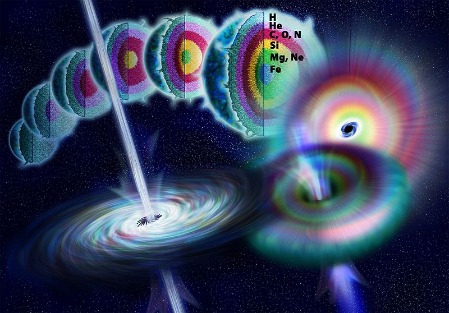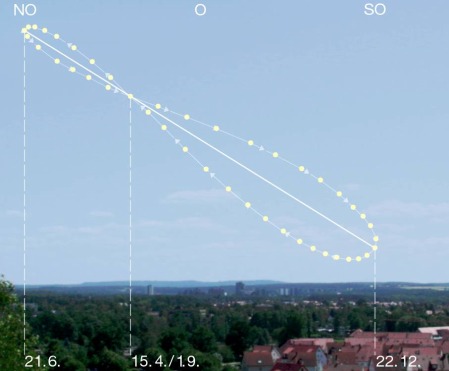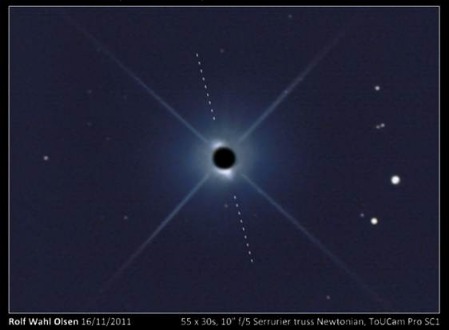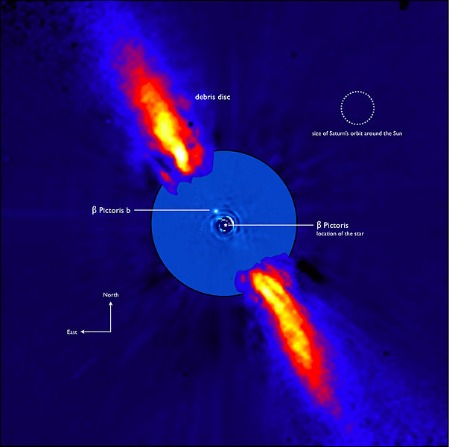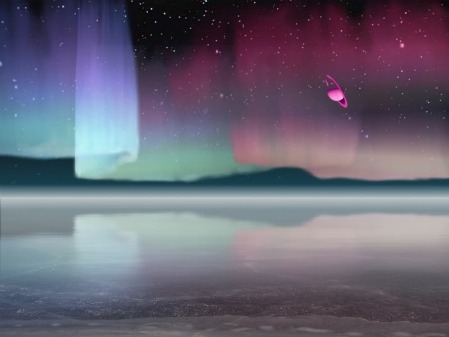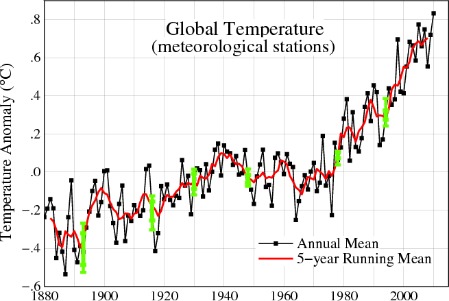You may not realize it my skeptical friends, but you are part of a vast army that hates Christmas. You are an unconscious agent, quietly activated every year, as part of the well known liberal conspiracy to hate Christmas cooked up decades ago: [Read more…]


